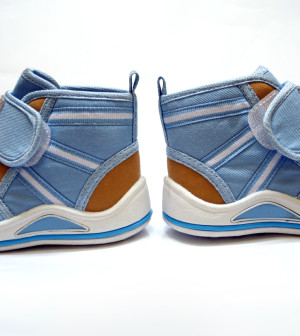- Navigating Your Midlife Crisis: Embracing New Possibilities
- City Raccoons Showing Signs of Domestication
- Mapping the Exposome: Science Broadens Focus to Environmental Disease Triggers
- One Week Less on Social Media Linked to Better Mental Health
- Your Brain Changes in Stages as You Age, Study Finds
- Some Suicide Victims Show No Typical Warning Signs, Study Finds
- ByHeart Formula Faces Lawsuits After Babies Sickened With Botulism
- Switch to Vegan Diet Could Cut Your Greenhouse Gas Emissions in Half
- Regular Bedtime Does Wonders for Blood Pressure
- Dining Alone Could Mean Worse Nutrition for Seniors
Makers of Corn Mesa Flour Can Add Folic Acid

Makers of corn mesa flour can voluntarily add up to 0.7 mg. of folic acid per pound of corn mesa flour under a new approval by the U.S. Food and Drug Administration.
Folic acid is a B vitamin that, when taken by pregnant women, can help prevent neural tube birth defects such as spina bifida, the agency said Thursday in a news release.
Neural tube defects affect the brain, spine and spinal cord. Pregnant women who don’t get enough of the B vitamin have a greater-than-average chance of having babies born with neural tube defects. In 2012, the March of Dimes Foundation, the American Academy of Pediatrics and others petitioned the FDA to extend voluntary fortification of corn mesa flour.
Corn mesa is a staple for many Latinos, as it’s used in foods including tortillas, tamales, taco shells and corn chips. U.S. government rules also allow folic acid to be added to breakfast cereals, infant formula and medical foods, and the vitamin must be added to grain-enriched products such as breads, rolls, noodles and pasta, the FDA said.
The agency said it can approve additions to food only after formally reviewing each additive’s safety.
Consumers should check food ingredient labels to find products fortified with folic acid, the FDA said.
More information
This video from the March of Dimes describes how folic acid helps prevent neural tube birth defects.
Source: HealthDay
Copyright © 2025 HealthDay. All rights reserved.










